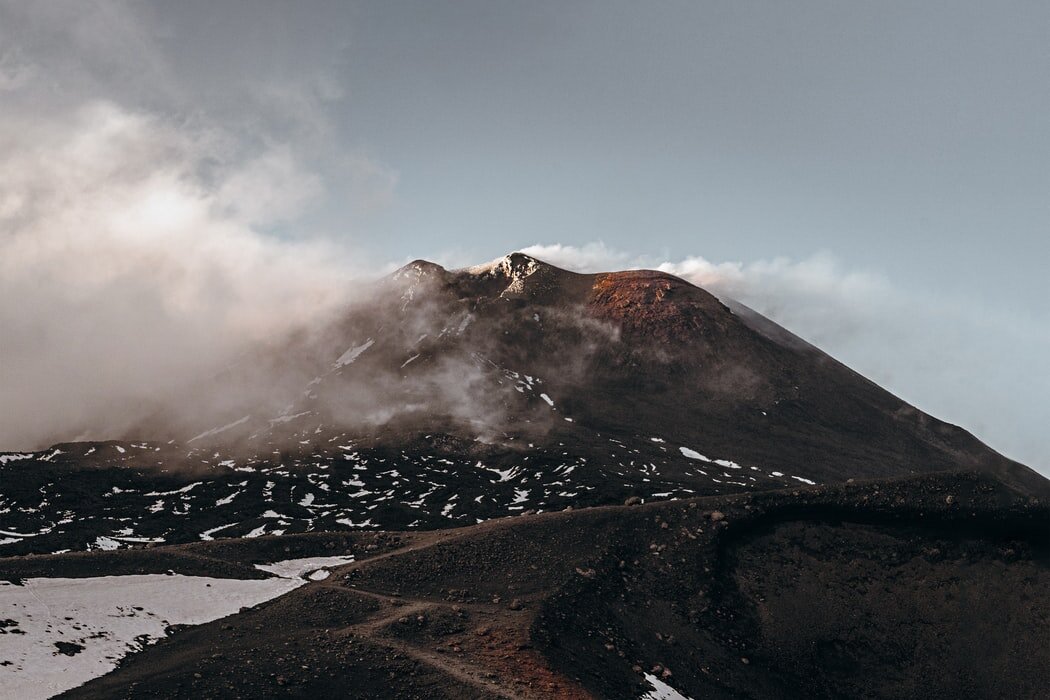
Lava A Bit Of
Volcanic Wine
By Joe Fattorini
Are there other ways to organise wine? Something beyond the predictable country or region. Because countries and regions don't actually tell you anything about what the wine will taste like. At least not unless you've learned them all.
How should we organise the world of wine? A few years ago I suggested to Mike Boyne at (the brilliant) Bin Two wine shop in Padstow that he could try organising his range "by texture". He was mad enough to try it. And it's been a success. For this and (mostly) other innovations he's been voted the UK's top independent wine merchant. Twice. In the last two years.
The eruption of Mount Etna this week gives us a clue. On the eastern side of Europe's most active volcano is a crescent shaped wine region. There's something distinctive about the wines. A freshness. A vibrancy. Head to Santorini and you find the same thing. Different grapes, different colours, and different winemaking. But Santorini's "Chablis on steroids", as London wine merchant John Graves calls it, shares the same tinnitus acidity. Somlo in Hungary couldn't be more different again. It's inland. And cooler. But you'll find the same thing there too. In the region's dry Furmints and the childishly amusing local Juhfark grape. In Series Three of The Wine Show, Charlotte Wilde found the same tang of a sounding brass in the wines of The Azores.
These are all volcanic wine regions. And they make volcanic wines. They might be hundreds of miles apart. But they share a common thread. And if you like the cymbal clash of freshness on one of them, the chances are you'll like it in the next. Even if it's a continent away.
Wine shops and wine lists are usually organised in discrete portions. Spain here. France there. Germany somewhere else. But wine doesn't work that way. It's not a spreadsheet. It's a Venn Diagram.
Volcanic wines find a common thread across wine regions. All the way from the Caucuses to The Azores. But there the baton passes as we intersect with another transnational category: Atlantic Wines. These are the eager, zesty whites that run all the way from the Azores, up Portugal's mainland coast (making rare Colares and popular Vino Verdhe) across Galicia and The Basque Country, around the corner to white Bordeaux, up to Muscadet, and eventually to the distinctive sparkling wines of England. All given their distinctive character by the same place. The Atlantic.
Then you can decide where the Venn Diagram goes. Do we now intersect with the sparkling wines of the world? From Champagne to Trentodoc, to Tasmania, to South Africa, to Sekt? Or start over with the wines that share the same Kimmeridgean limestone and clay: England, Chablis, Sancerre and Champagne?
“In all affairs it's a healthy thing now and then to hang a question mark on the things you have long taken for granted.”
Bertrand Russell wasn't a keen boozer. A pity. He could have had fun rearranging his cellar.
Learn more about volcanic wines in Series 3 of The Wine Show on Amazon Prime UK and 24 Kitchen in Portugal.

